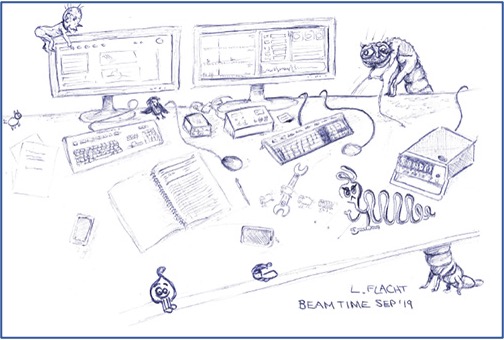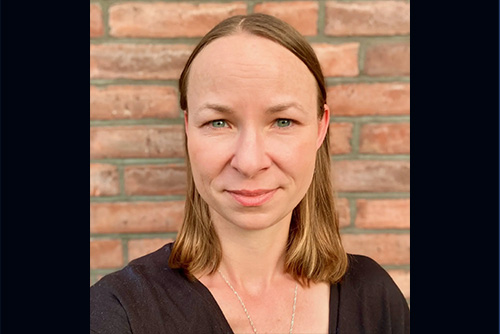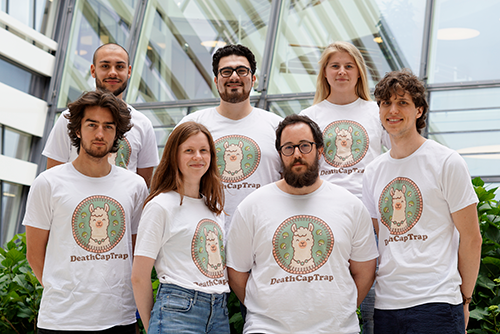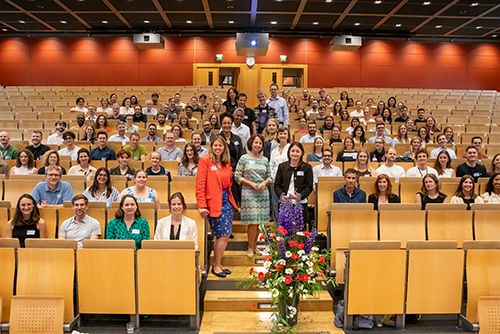Better Together
Hamburg-led tuberculosis study demonstrates the power of collaboration
Hamburg, 19 February 2015 – A paper published today in the journal PLoS Pathogens by scientists at the European Molecular Biology Laboratory (EMBL) in Hamburg, Germany, and collaborators demonstrates the power of bringing together specialists in different areas to tackle complex problems. By joining forces, the multidisciplinary team uncovered a surprise about the bacterium that causes tuberculosis.
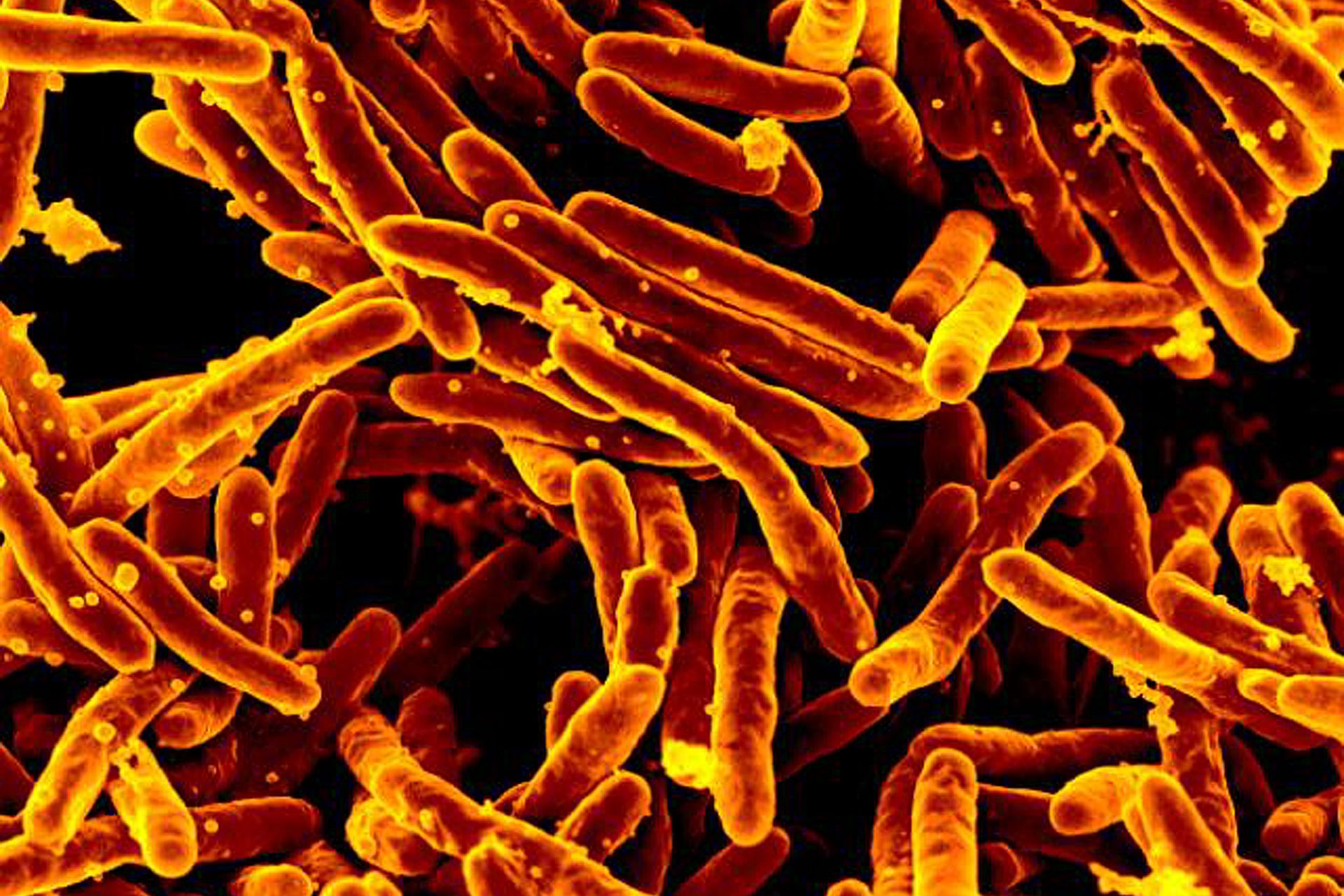
“Only by approaching multifaceted problems from all angles, and pooling all our expertise can we get to the bottom of it all,” says Matthias Wilmanns, Head of EMBL Hamburg. “This is really the way future research will, and should, be done.”
The study is a prime example of the kind of work that the Centre for Structural Systems Biology (CSSB), currently being built on the DESY campus in Hamburg, Bahrenfeld, intends to nurture. With Wilmanns as scientific Director, and made possible by 52 million Euro in funding from BMBF, the city of Hamburg and the states of Lower Saxony and Schleswig-Holstein, the centre aims to bring structural, systems and infection biologists together to investigate various infectious diseases such as tuberculosis.
Tuberculosis knows no boundaries, kills millions of people per year worldwide and is developing resistance to current drug therapies at an alarming rate. Therefore, there is an urgent need to better understand the molecular processes associated with it, to support the development of new drugs, vaccines and diagnostic tests.
Mycobacterium tuberculosis is encased in a thick waxy layer made up of very long lipid chains, which protects it from toxic substances, preventing invaders and drugs from entering and causing it harm. Understanding how this protective layer works and how it could potentially be broken down could pave the way for new drug therapies. In this study, Wilmanns and collaborators investigated an enzyme called AccD1-AccA1, which was thought to be involved in assembling lipids like the ones in Mycobacterium tuberculosis’ cell wall.
“To our surprise, we discovered that this enzyme is involved in a completely different process: it degrades leucine, one of the building blocks for making proteins” says Matthias Wilmanns, Head of EMBL Hamburg, who led the study. The group went a step further and determined the structure of this complex using electron microscopy, together with colleagues from EMBL Heidelberg. "With this study, we have shown how combining different approaches allows us to understand processes in organisms like the tuberculosis bacterium in their entirety," says Wilmanns.
Interdisciplinary studies such as this – and the enlightening results they can produce – will bring leading experts from around the world to convene in Hamburg this April for the CSSB’s first International Symposium entitled Systems in Infection Biology.
The current study was funded by EMBL and by the European Commission grant SysteMTb.
Source Article:
Ehebauer et al. Characterization of the Mycobacterial Acyl-CoA Carboxylase Holo Complexes reveals their Functional Expansion into Amino Acid Catabolism. Published in PLoS Pathogens on 10 February 2015. DOI:10.1371/journal.ppat.1004623
